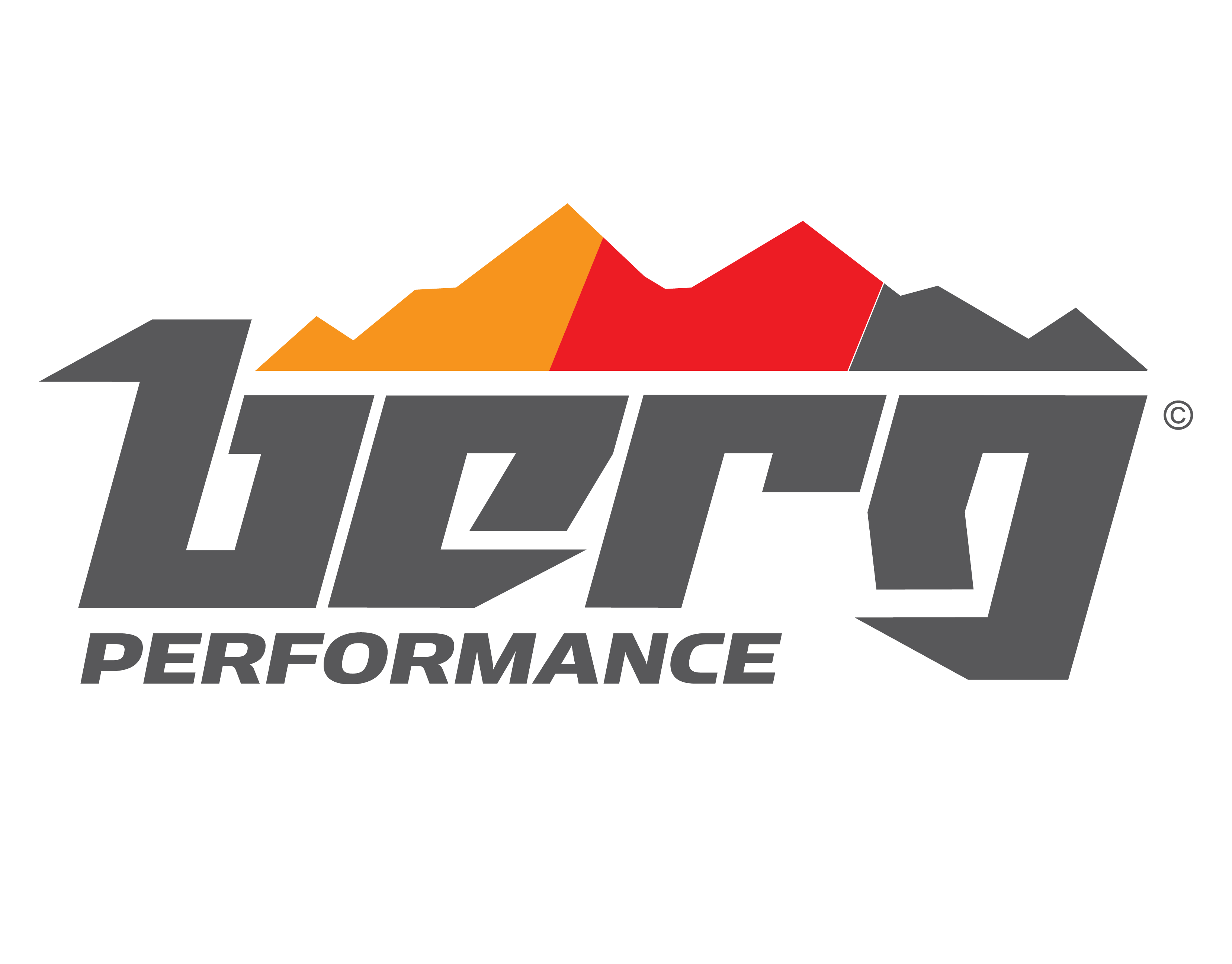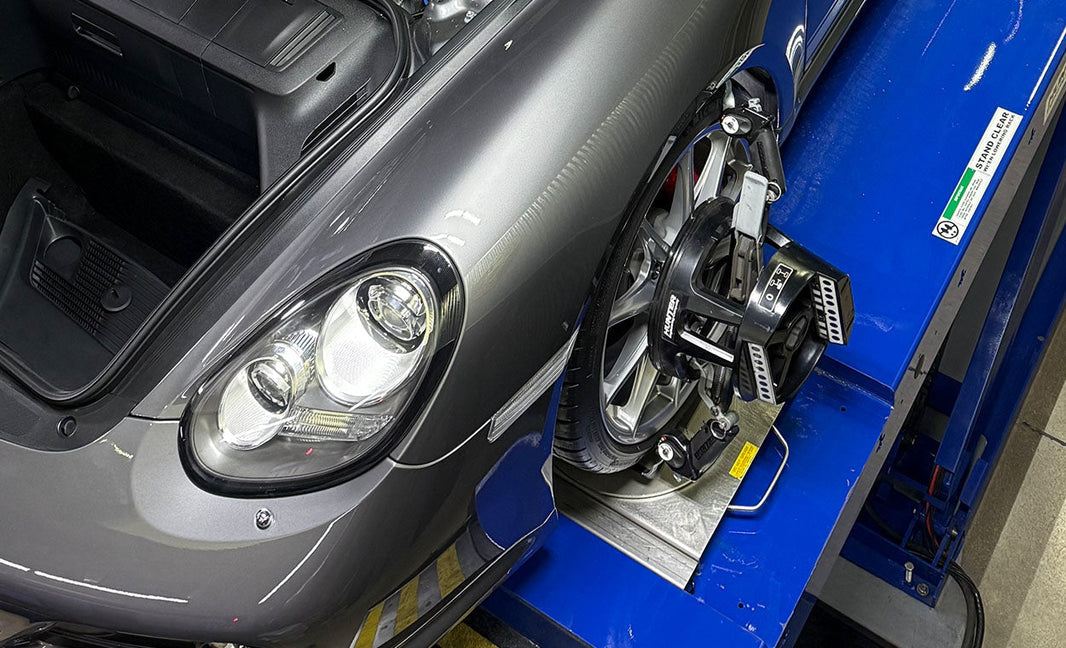The Season When Cars Get Honest
There’s a moment in early October when the first cold start feels different. The oil takes a breath longer to circulate, the battery hesitates, and those seat warmers are turned on for the first time in months. Fall in Colorado exposes what summer hides. The temperature swings from 80° to 30° in a day, early-morning mountain runs, late-night commutes. This is when your Audi, VW, or Porsche earns (or loses) your trust.
1. Oil and Coolant: The Lifeblood Check
German engines are precision instruments. Whether it’s an Audi S4’s 3.0T, a VW GTI’s EA888, or a even Porsche flat-six, they’re designed to perform at tight tolerances. When temperatures drop, viscosity matters.
At Berg Performance, we recommend seasonal fluid checks and oil analysis to ensure your car is running within spec. Cooler temps can thicken oil, stress seals, and reveal leaks that weren’t there in July. A fresh oil change with the right viscosity and a coolant test can mean the difference between a perfect drive and a warning light halfway up Berthoud Pass.

2. Battery, Charging, and Sensors: Cold Starts Don’t Lie
Electrical systems hate the cold. A battery that held fine in August might drop below cranking voltage when overnight temps hit the 20°. Modern European cars are especially sensitive. Low voltage can trigger stability control faults and misfire codes that aren’t actually mechanical.
We run a full load test on your battery, inspect alternator output, and check ground points. A strong charge system means more than a reliable start which means your ECU, sensors, and adaptive systems all perform as designed.
3. Tires, Alignment, and Traction: Where Rubber Meets Reality
Colorado fall roads are a paradox: dry and perfect one hour, slick and frosty the next. Your Quattro or 4Motion system can only do so much if your tires are hard, cupped, or worn unevenly.
We balance and road-force test tires for a smooth ride and consistent contact patch. If you’re running performance summer rubber, now’s the time to consider a high-performance winter tire like the Bridgestone Blizzak WS90 for your SUV, or the DMV2 as a dedicated winter set for true grip at altitude.
Alignment is equally important, one bad hit on a pothole can shift geometry just enough to wear your tires out before the first snow.

4. Suspension and Bushings: The Silent Performance Mod
When we talk about performance, most people think horsepower. But true control lives in the suspension. Cold weather stiffens bushings and dampers, making worn components more noticeable.
If your A4 feels floaty, your Golf R is tramlining, or your Cayenne rolls too much in corners, fall is the time for a suspension inspection. We measure ride height, check for torn control arm bushings, and verify shock performance. A proper alignment paired with a healthy suspension can transform how your car feels on mountain switchbacks.
5. Brake System and Fluids: Feel Matters
That first cold-morning stoplight after a spirited canyon drive tells you everything about your brakes. Pedal feel should be firm and immediate. If it’s not, moisture in your brake fluid might be to blame.
We flush brake systems with OEM-approved fluids and check rotor thickness, pad life, and caliper seals. It’s the kind of maintenance that doesn’t make headlines, but it’s what separates a confident drive from a cautious one.
Fall Is the Truth Serum of Performance
Every autumn, we see the same thing: well-maintained cars stay strong, and neglected ones start showing symptoms. The good news is, this is the easiest time of year to get ahead of it.








